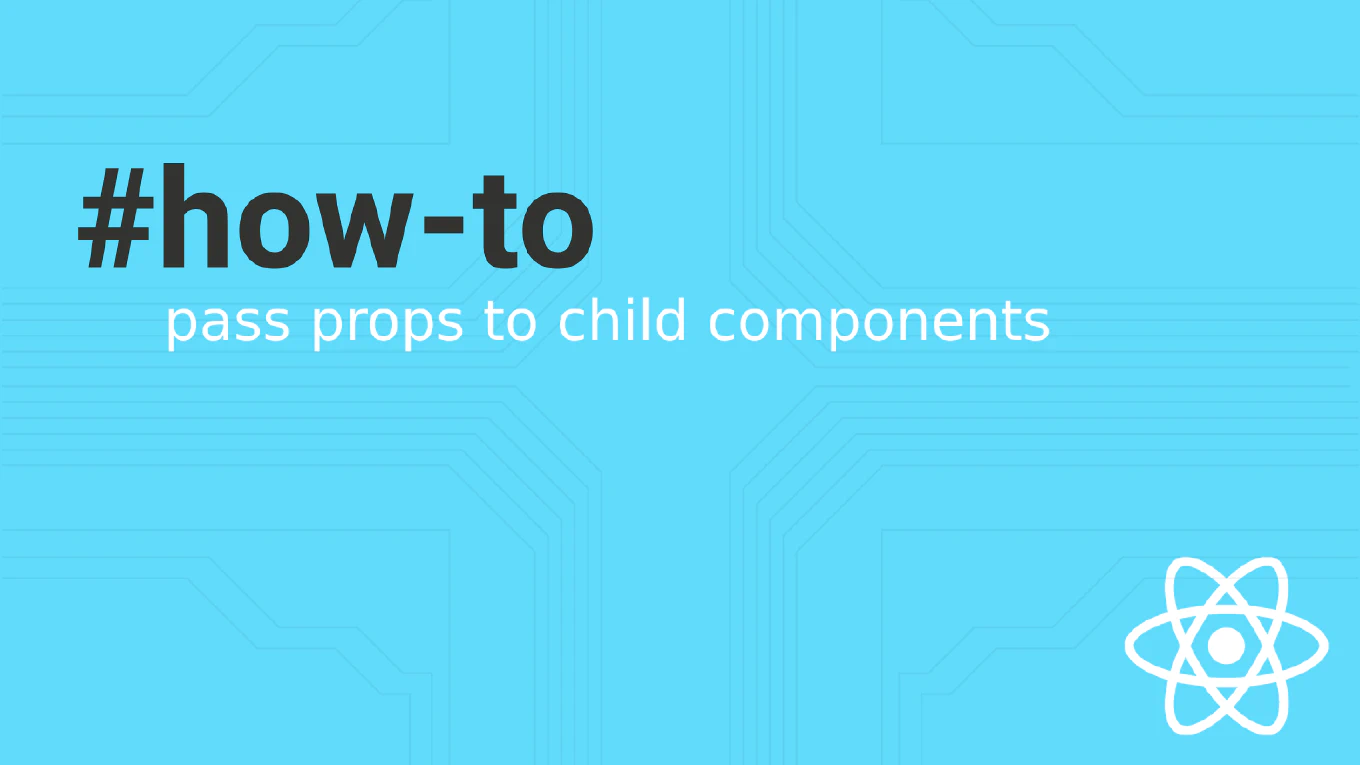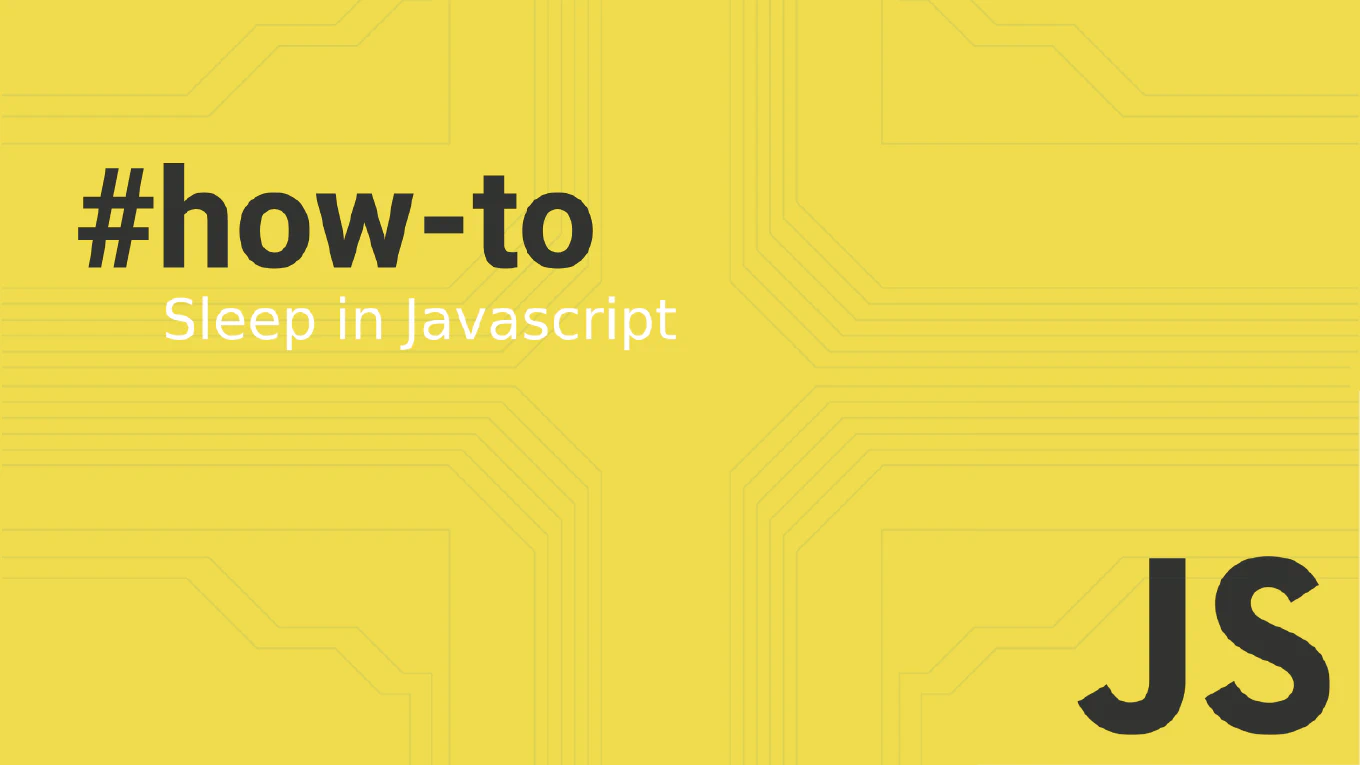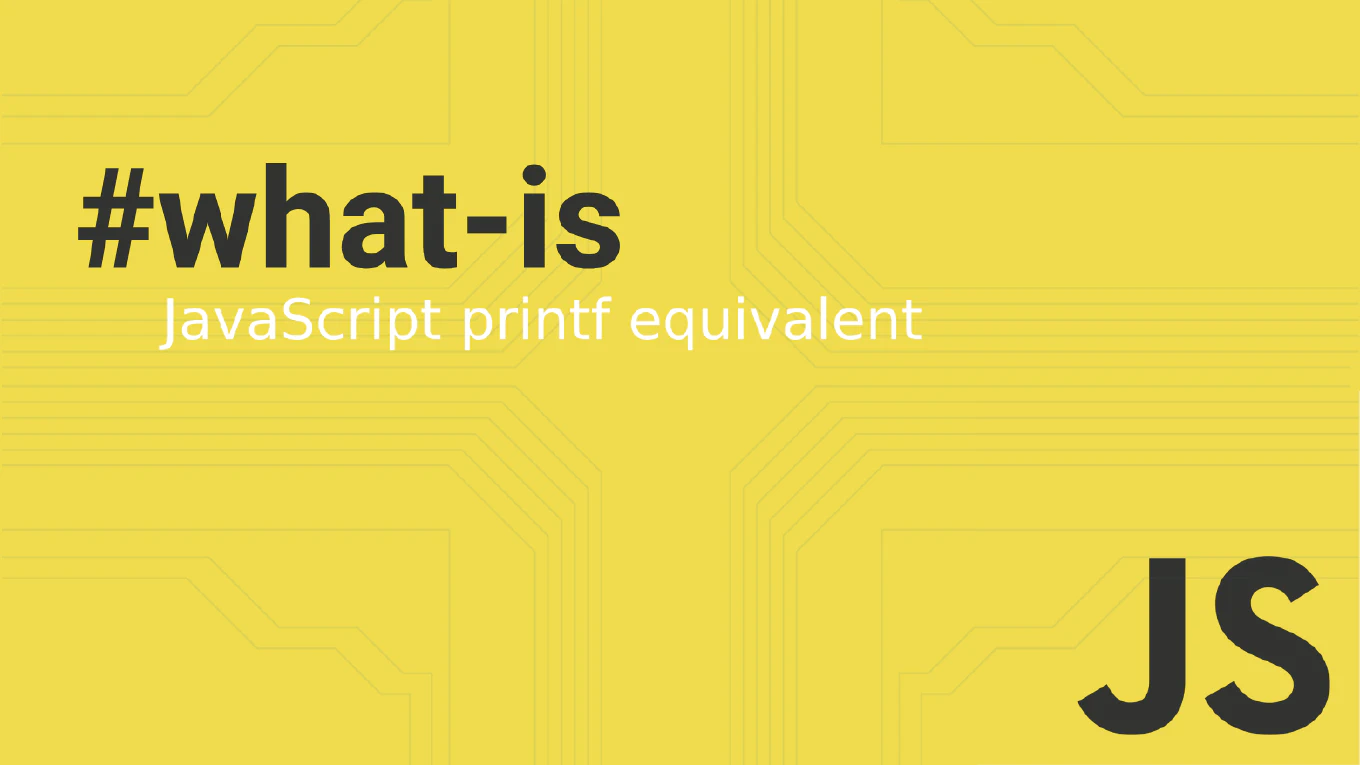How to deep clone an object in JavaScript
Creating complete copies of nested objects is a common requirement when working with complex data structures in JavaScript applications.
As the creator of CoreUI, a widely used open-source UI library, and with over 25 years of experience in software development, I’ve encountered this challenge countless times when managing component state and configuration objects.
The most modern and reliable solution is using the structuredClone() method, which creates true deep copies of objects.
This method handles nested objects, arrays, and most data types correctly.
How to freeze an object in JavaScript
Preventing object modifications is crucial for maintaining data integrity and avoiding unintended side effects in JavaScript applications.
As the creator of CoreUI, a widely used open-source UI library, and with over 25 years of experience in software development, I’ve found that immutable objects are essential for building reliable applications.
The most effective way to make an object immutable is using the Object.freeze() method.
This approach ensures that no properties can be added, removed, or modified after freezing.
How to get the keys of an object in JavaScript
Extracting object keys is fundamental for iterating over object properties, building dynamic forms, and processing API responses in JavaScript applications.
As the creator of CoreUI, a widely used open-source UI library, I’ve used object key extraction in thousands of data processing scenarios over 25 years of development.
From my expertise, the most straightforward approach is using the Object.keys() method, which returns an array of enumerable property names.
This provides a clean, iterable list of keys for further processing.
How to check if an object is empty in JavaScript
Checking whether an object is empty is essential for form validation, API response handling, and conditional rendering in JavaScript applications.
As the creator of CoreUI, a widely used open-source UI library, I’ve implemented empty object checks in countless production components over 25 years of development.
From my expertise, the most reliable approach is using Object.keys() to check the length of enumerable properties.
This method works consistently across all modern browsers and handles edge cases properly.



